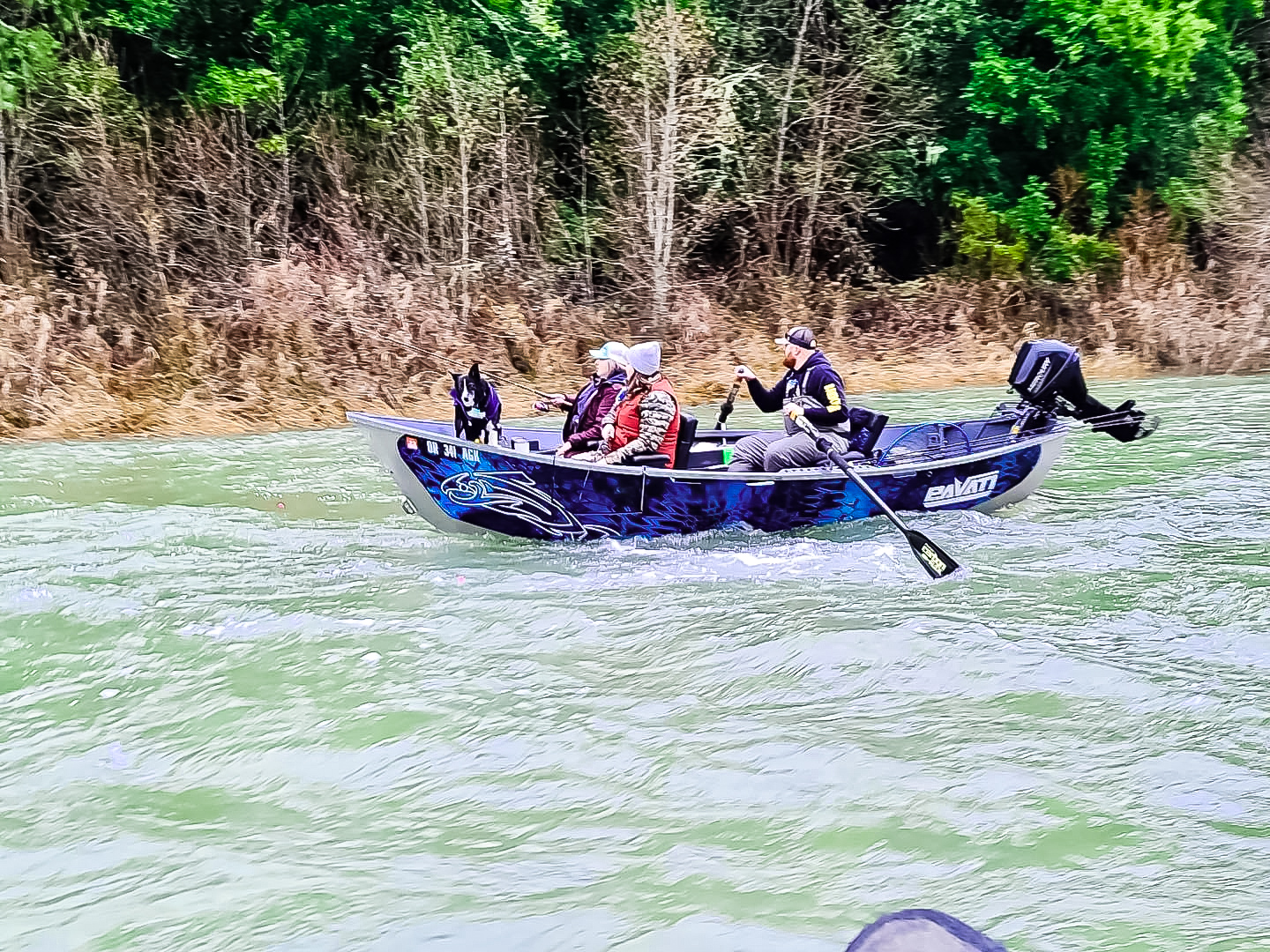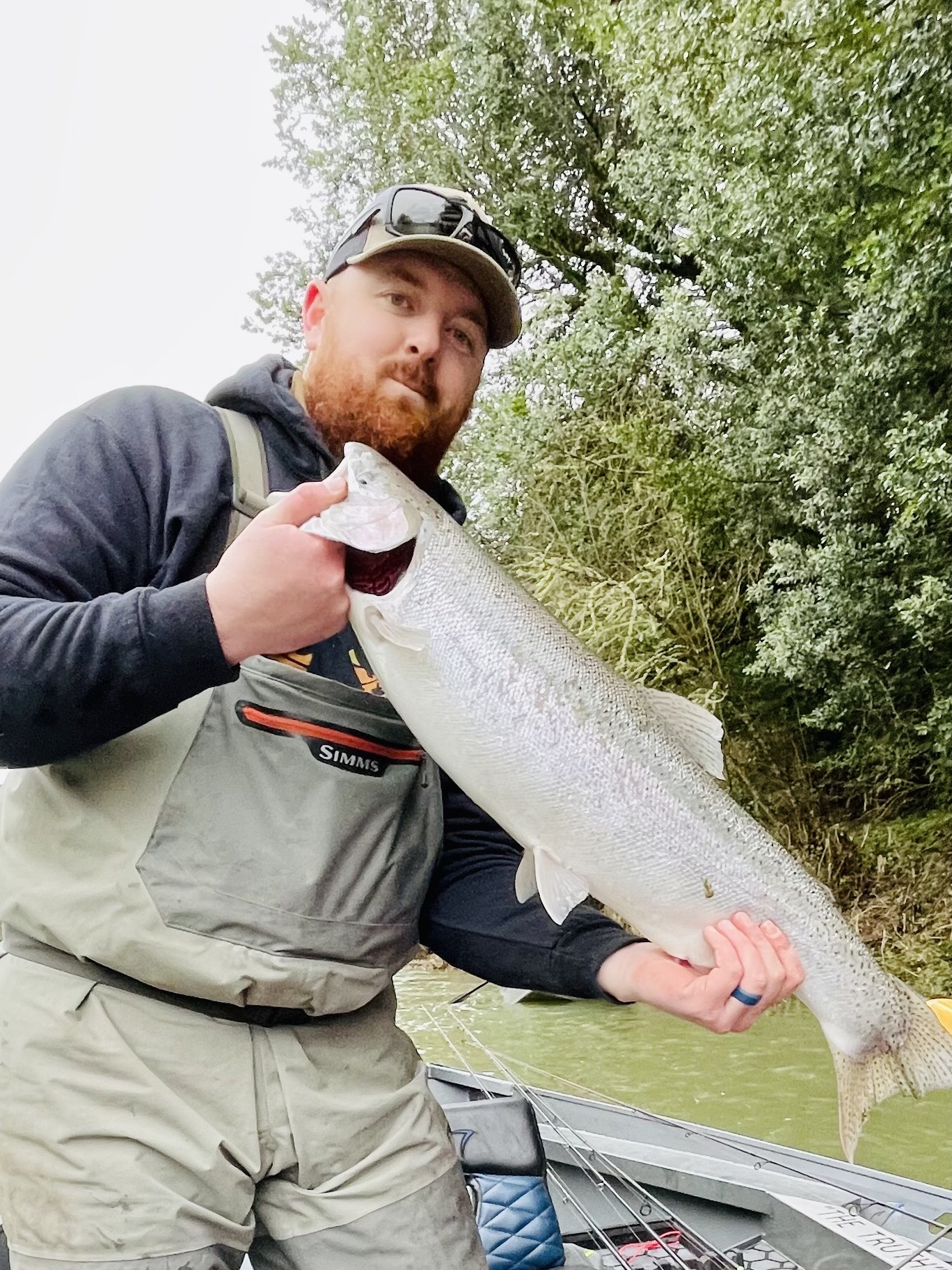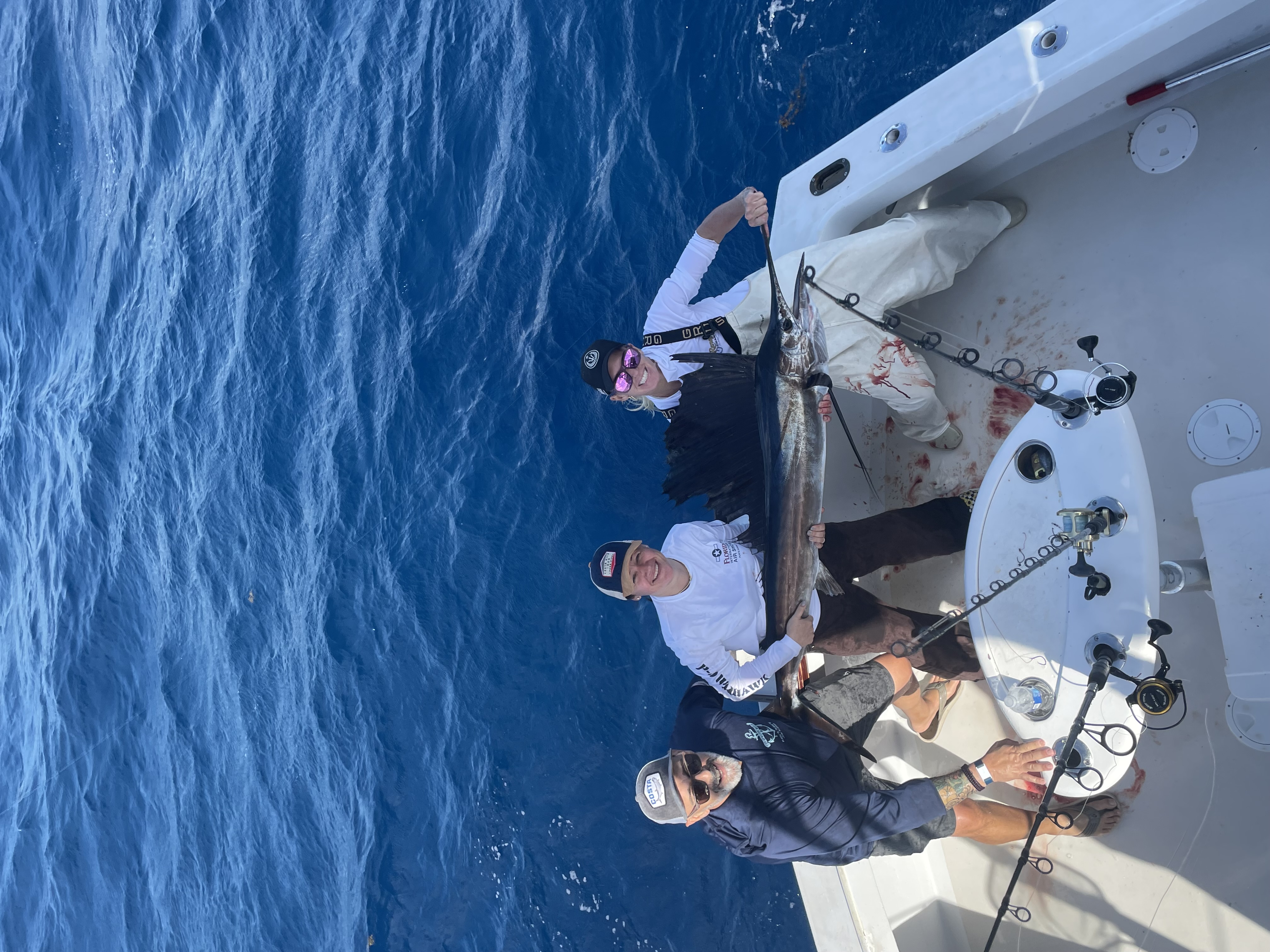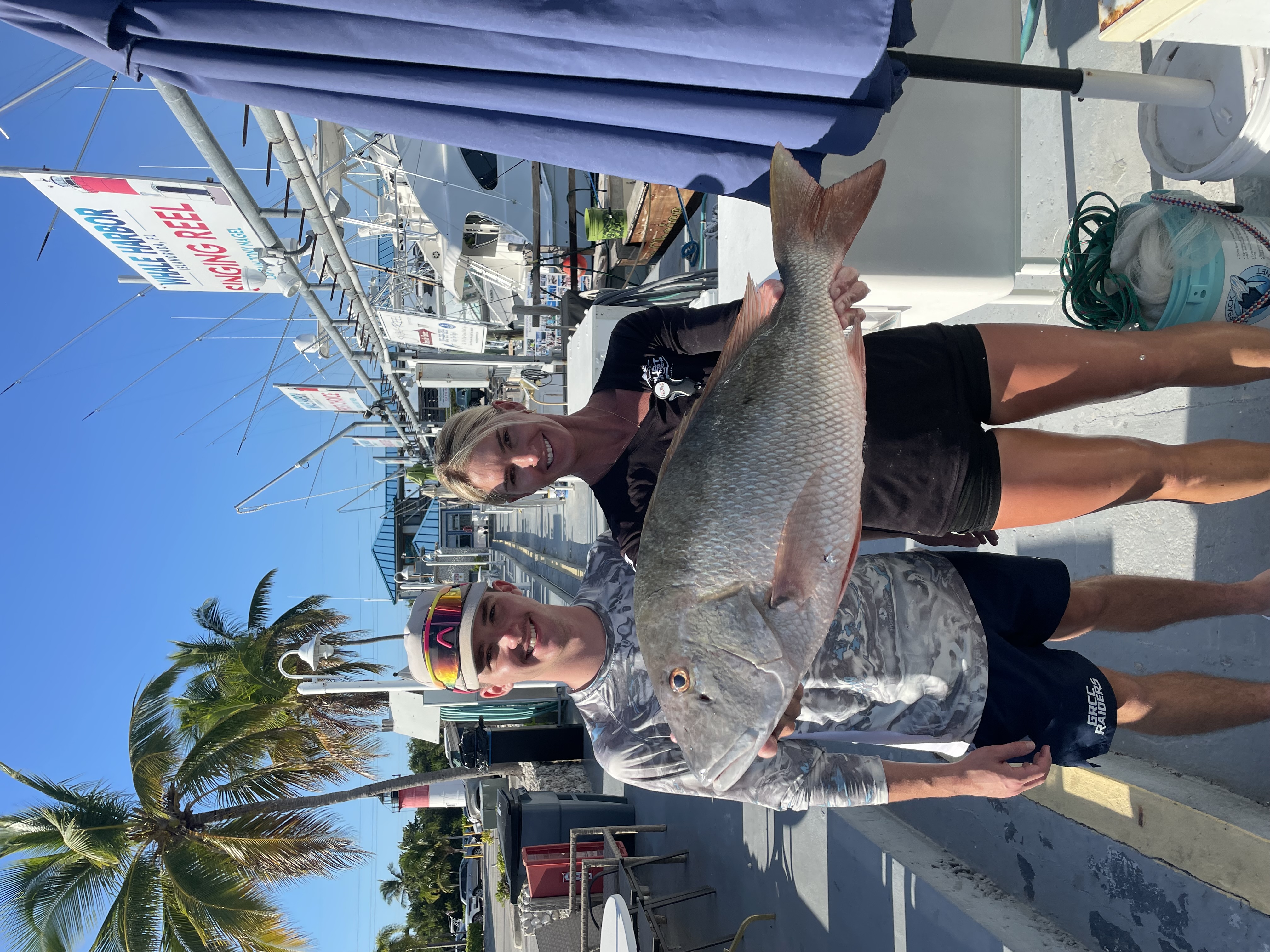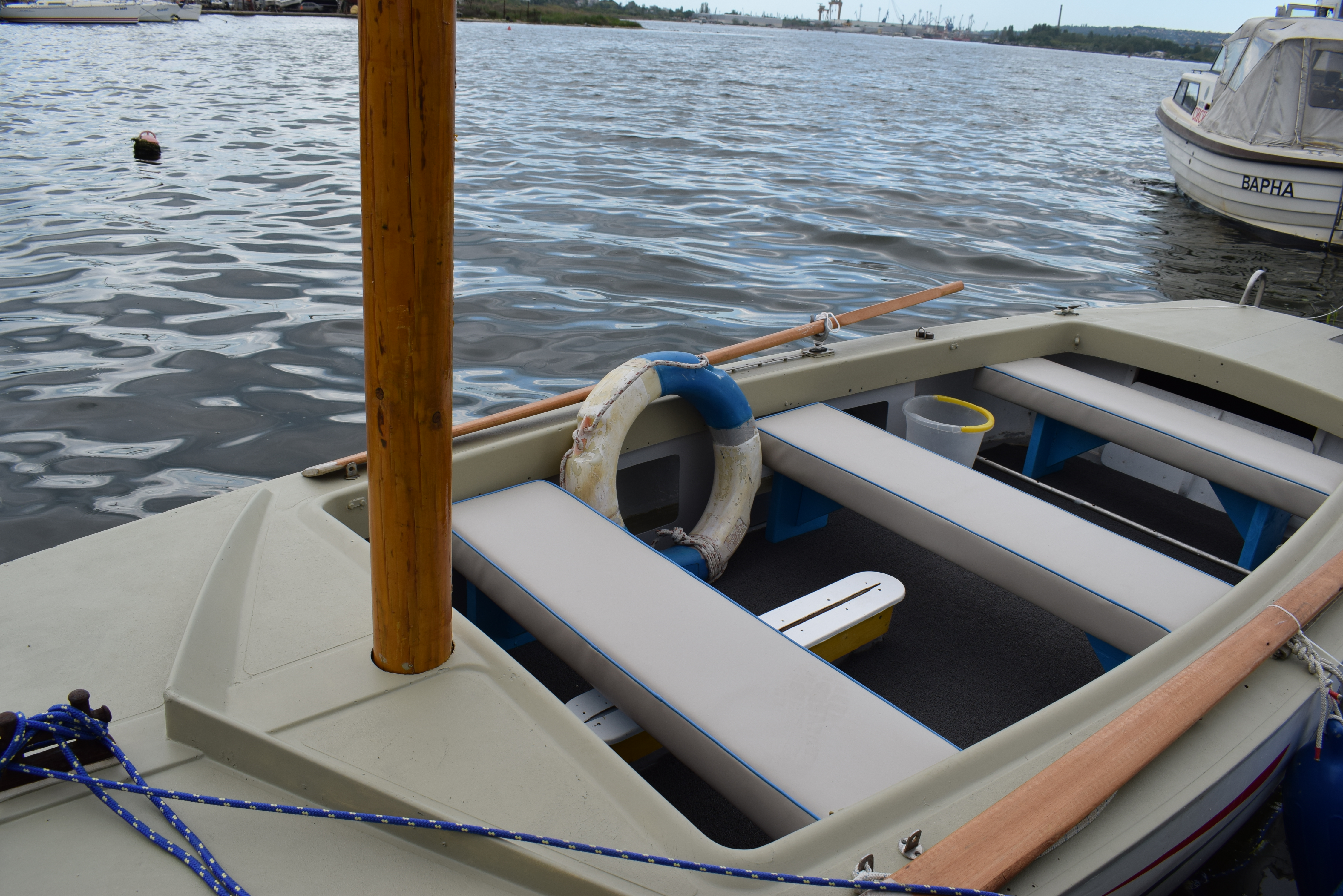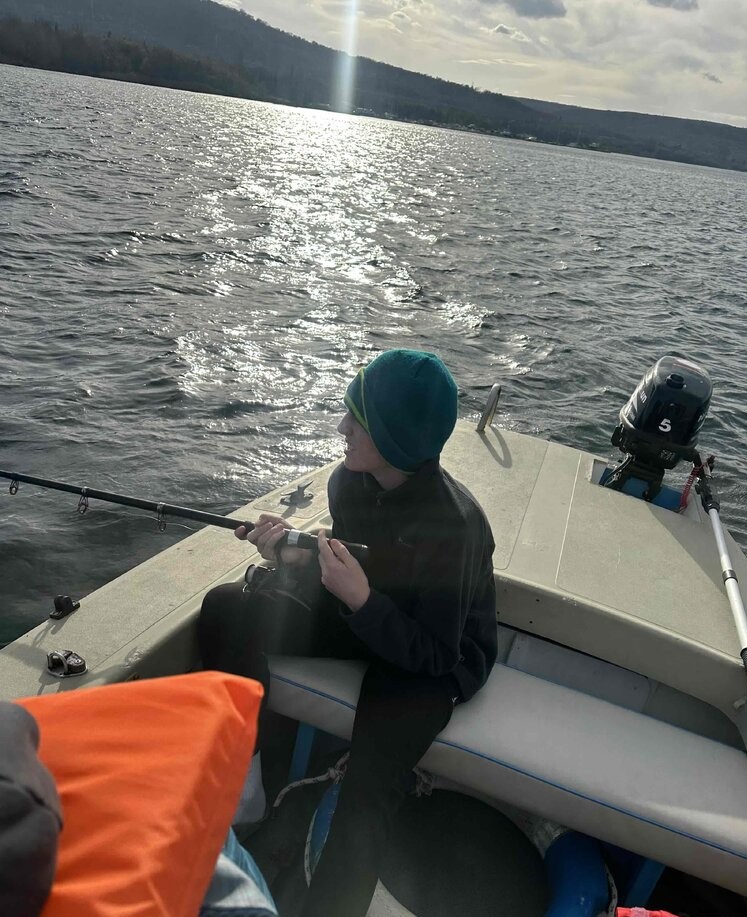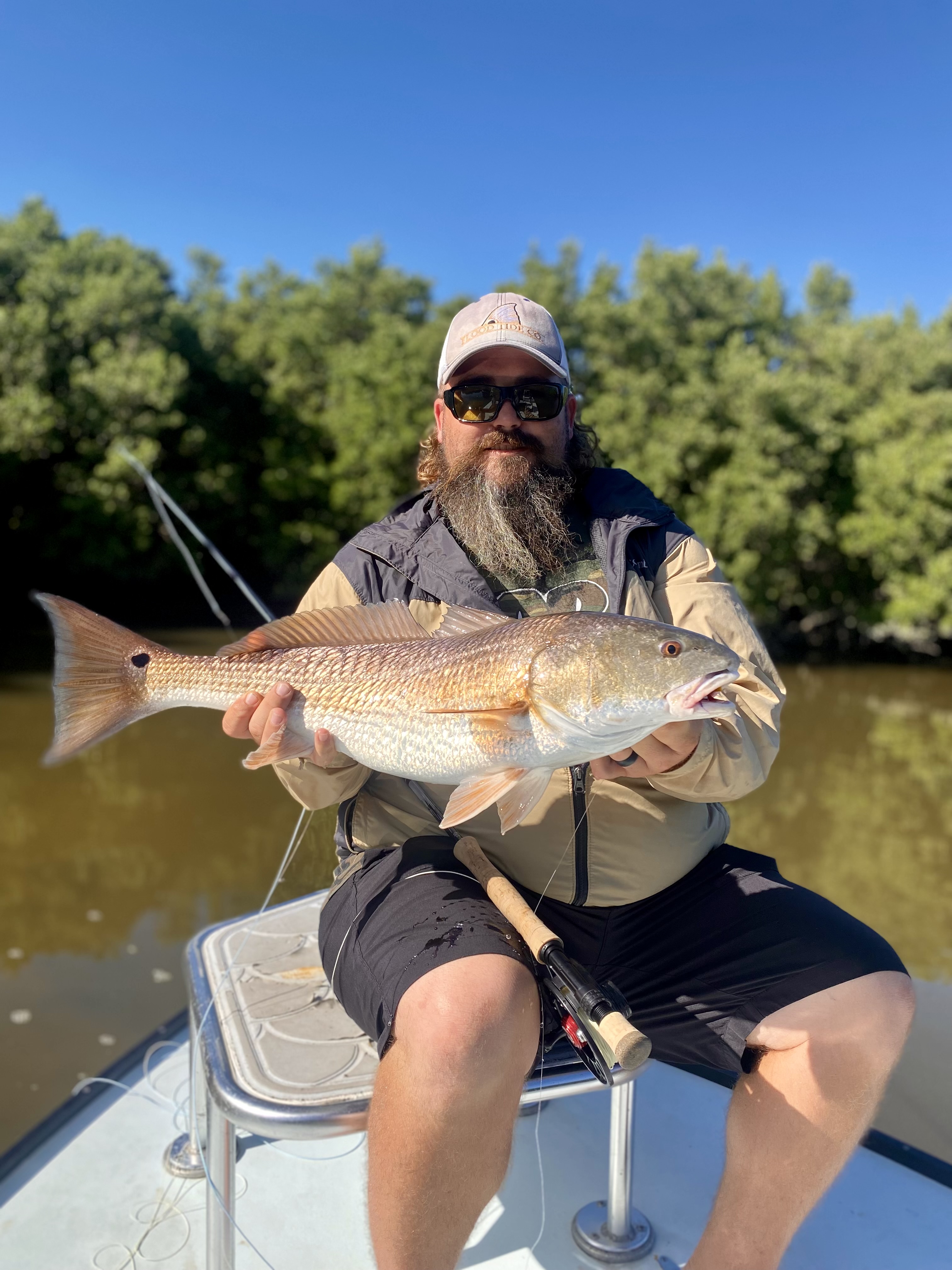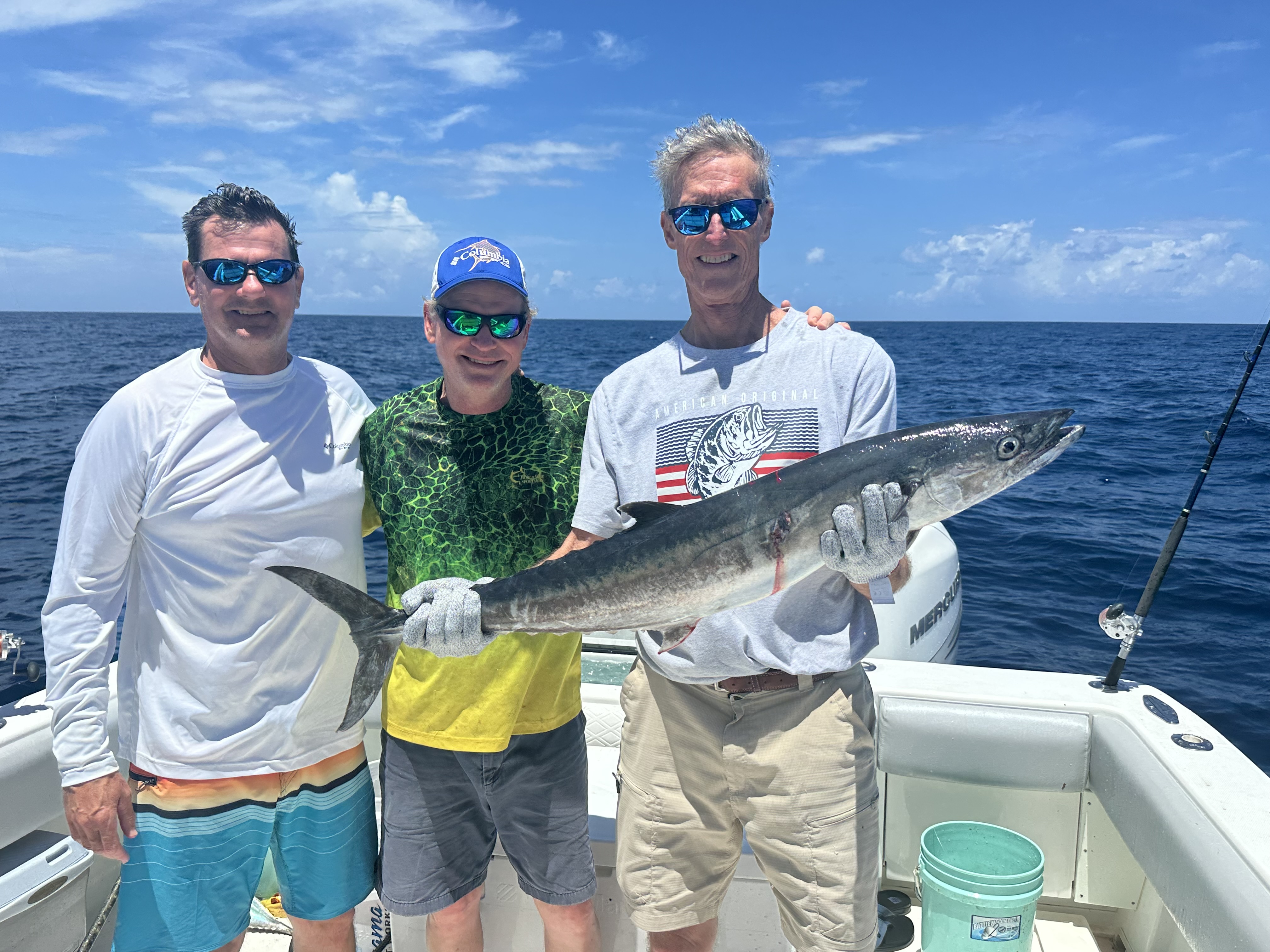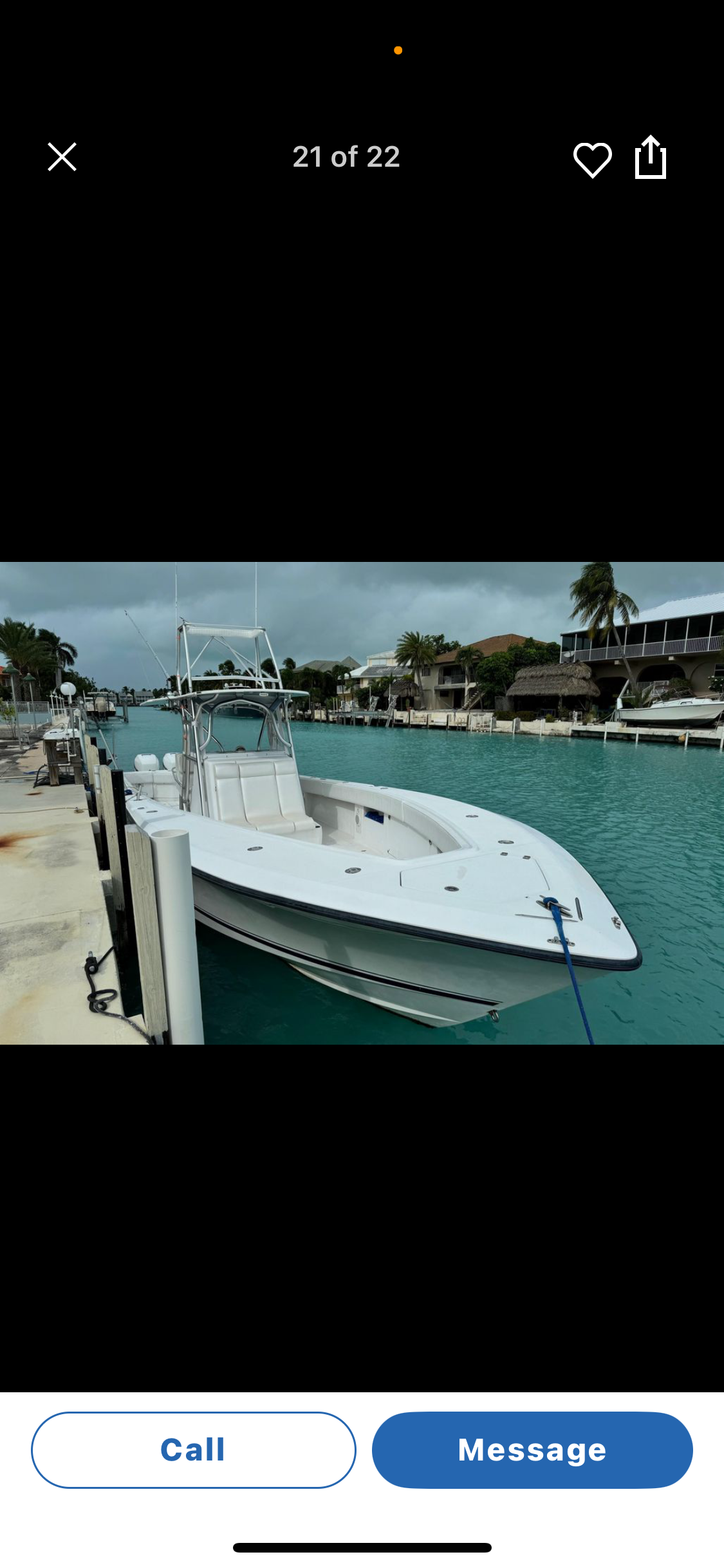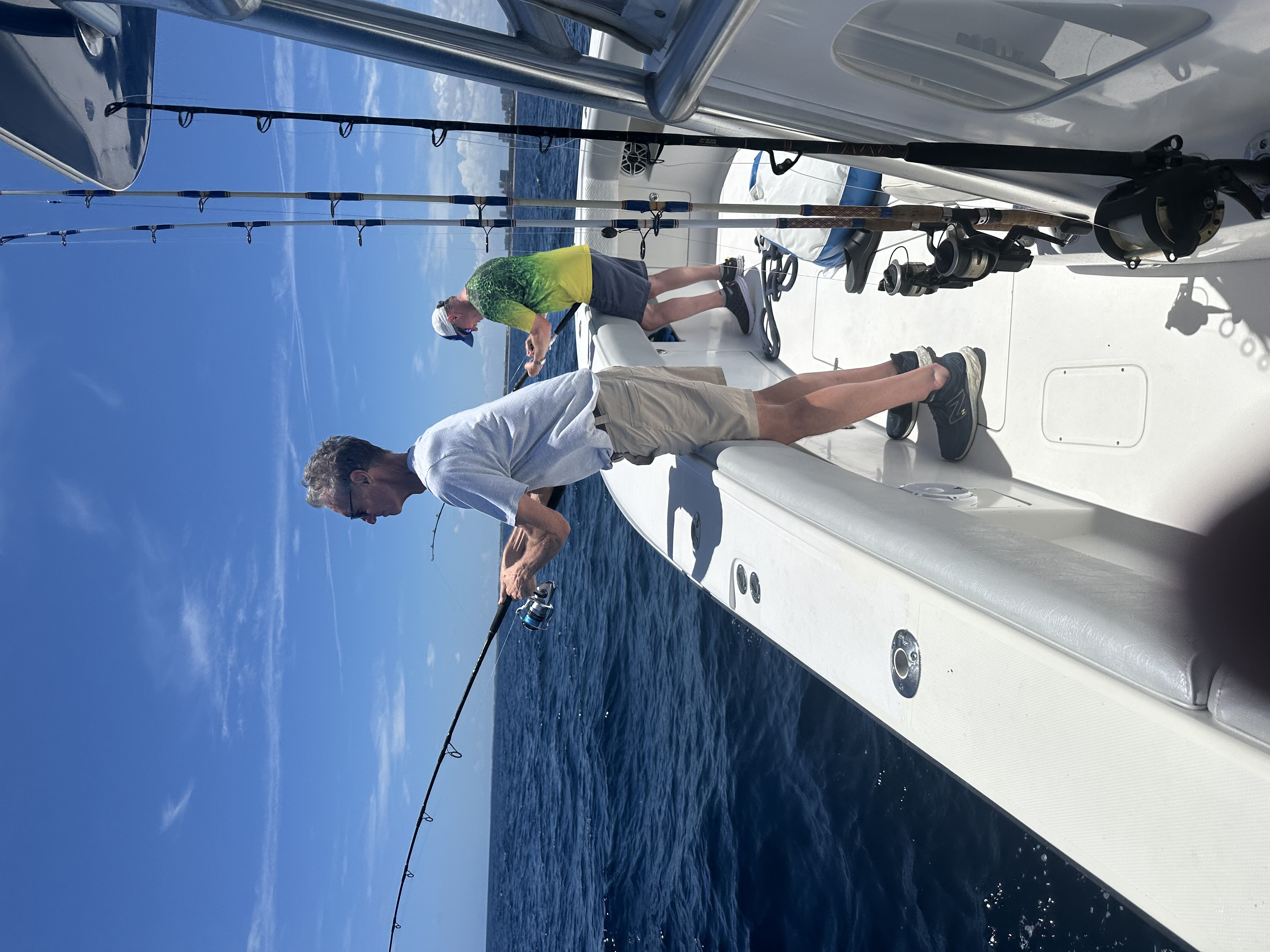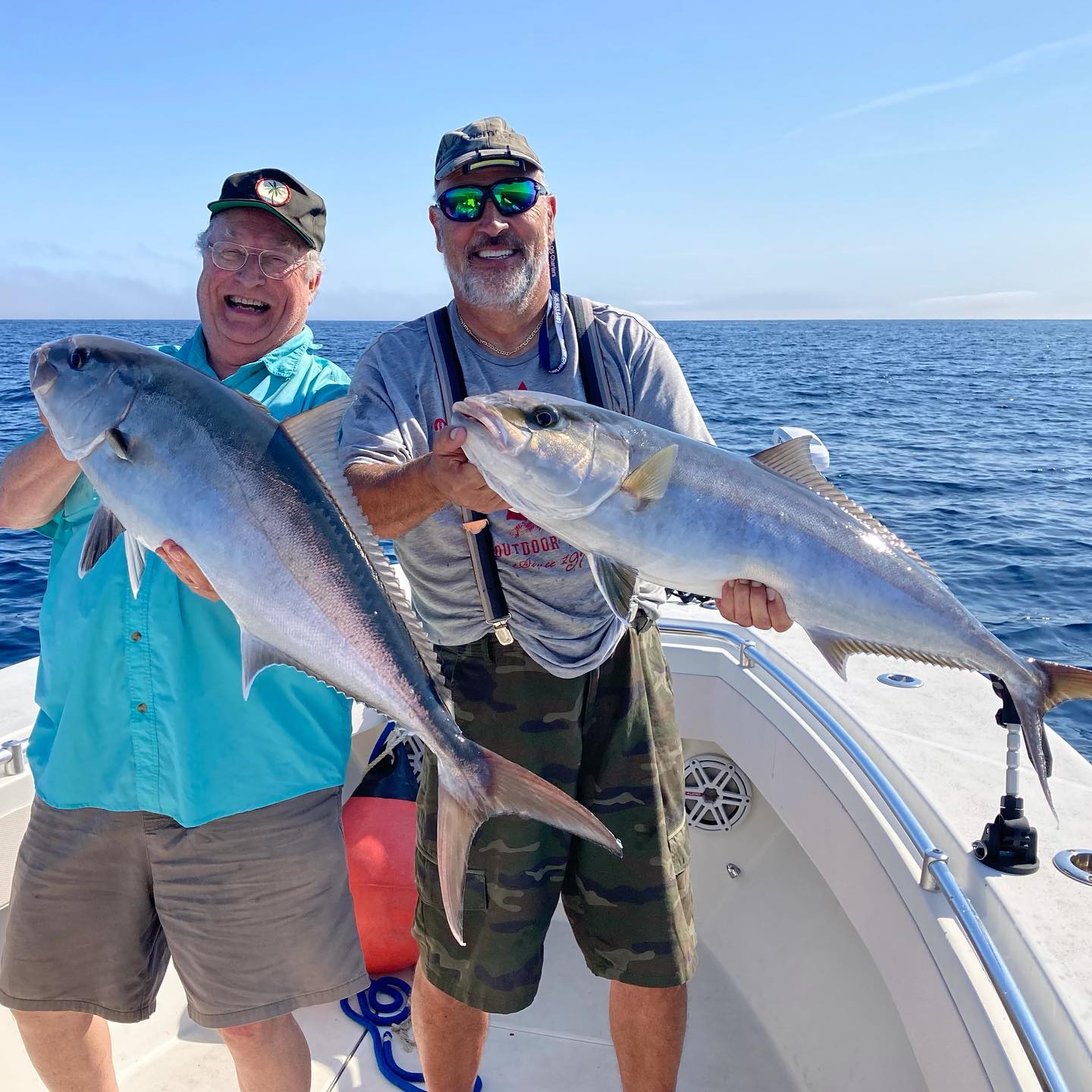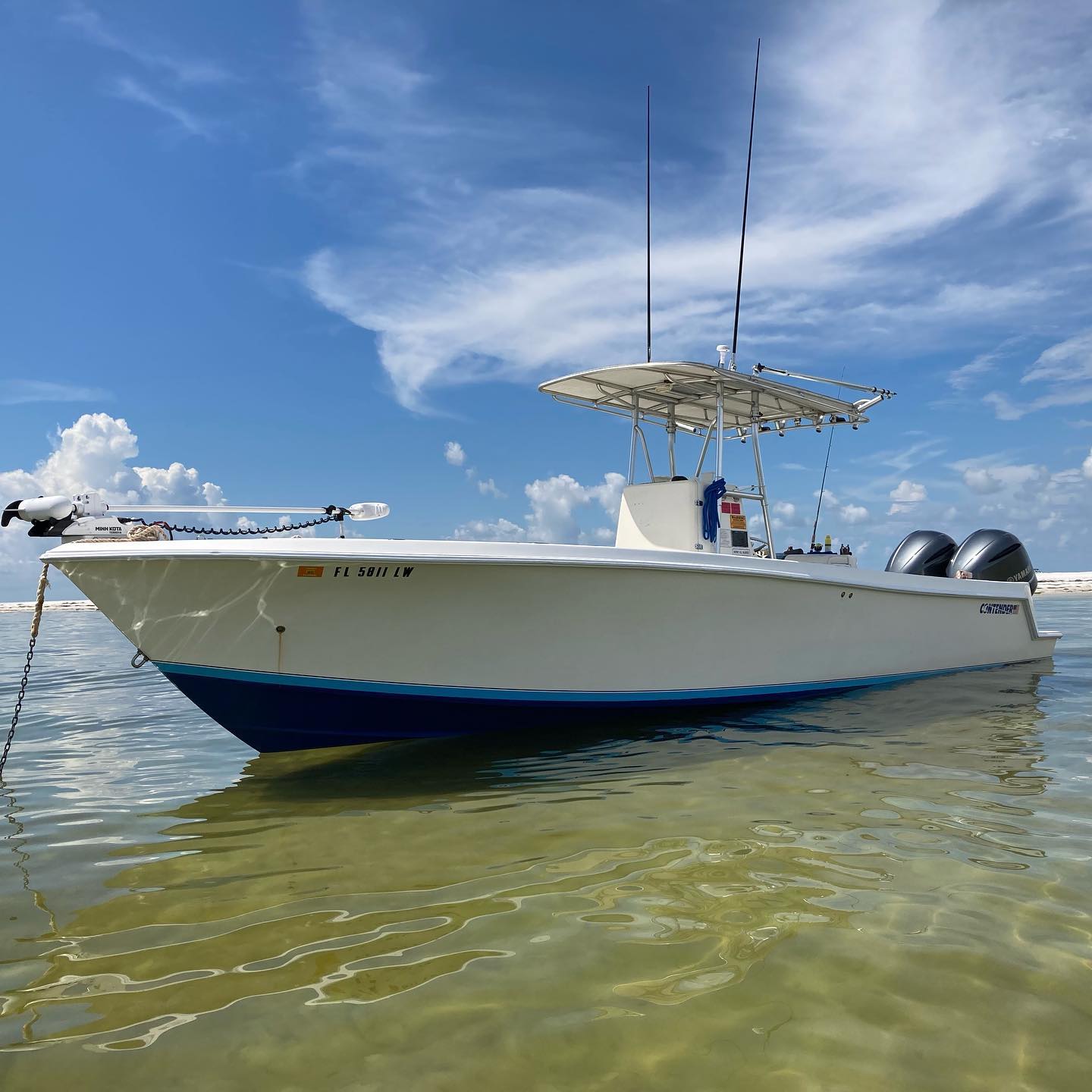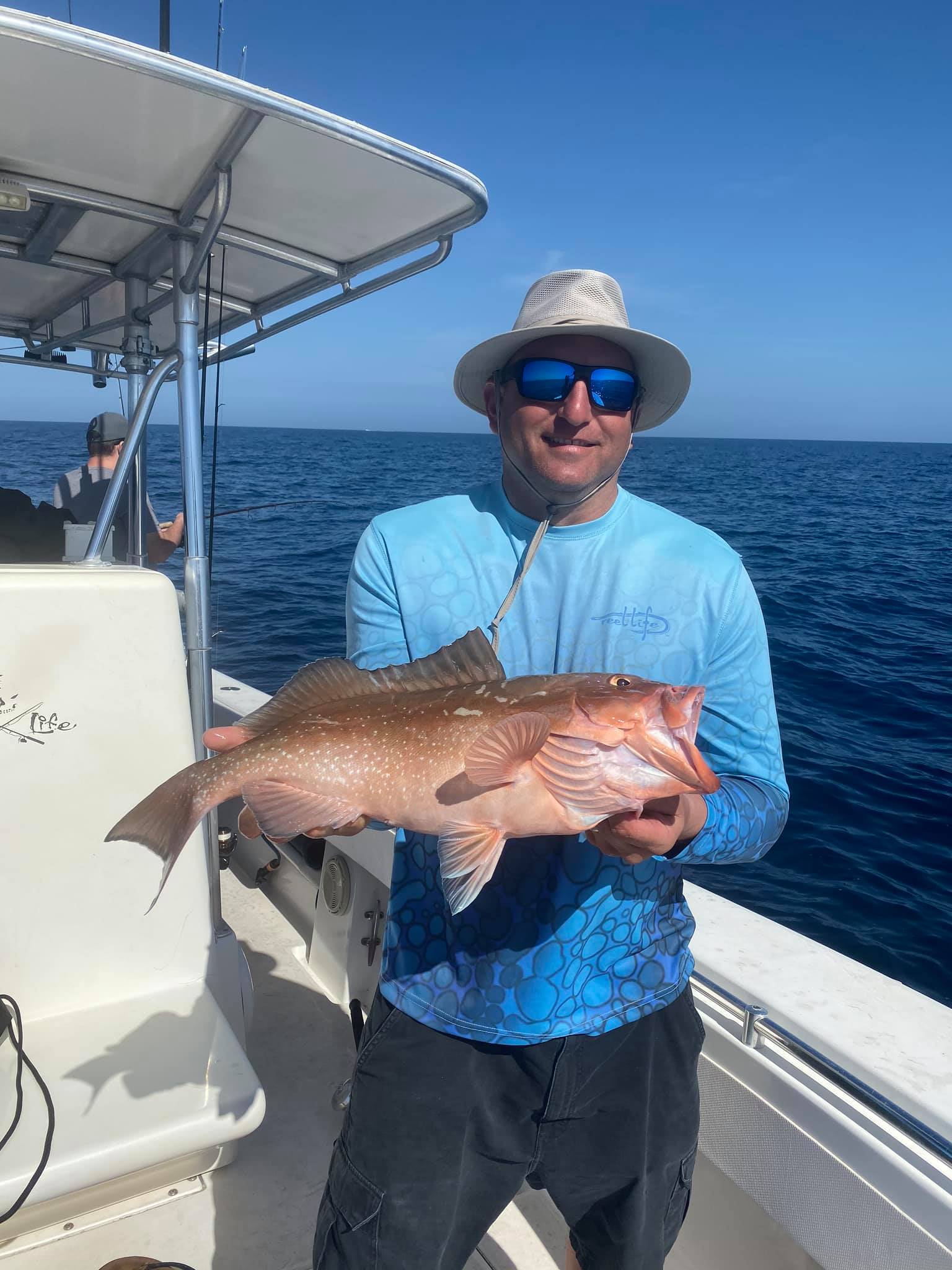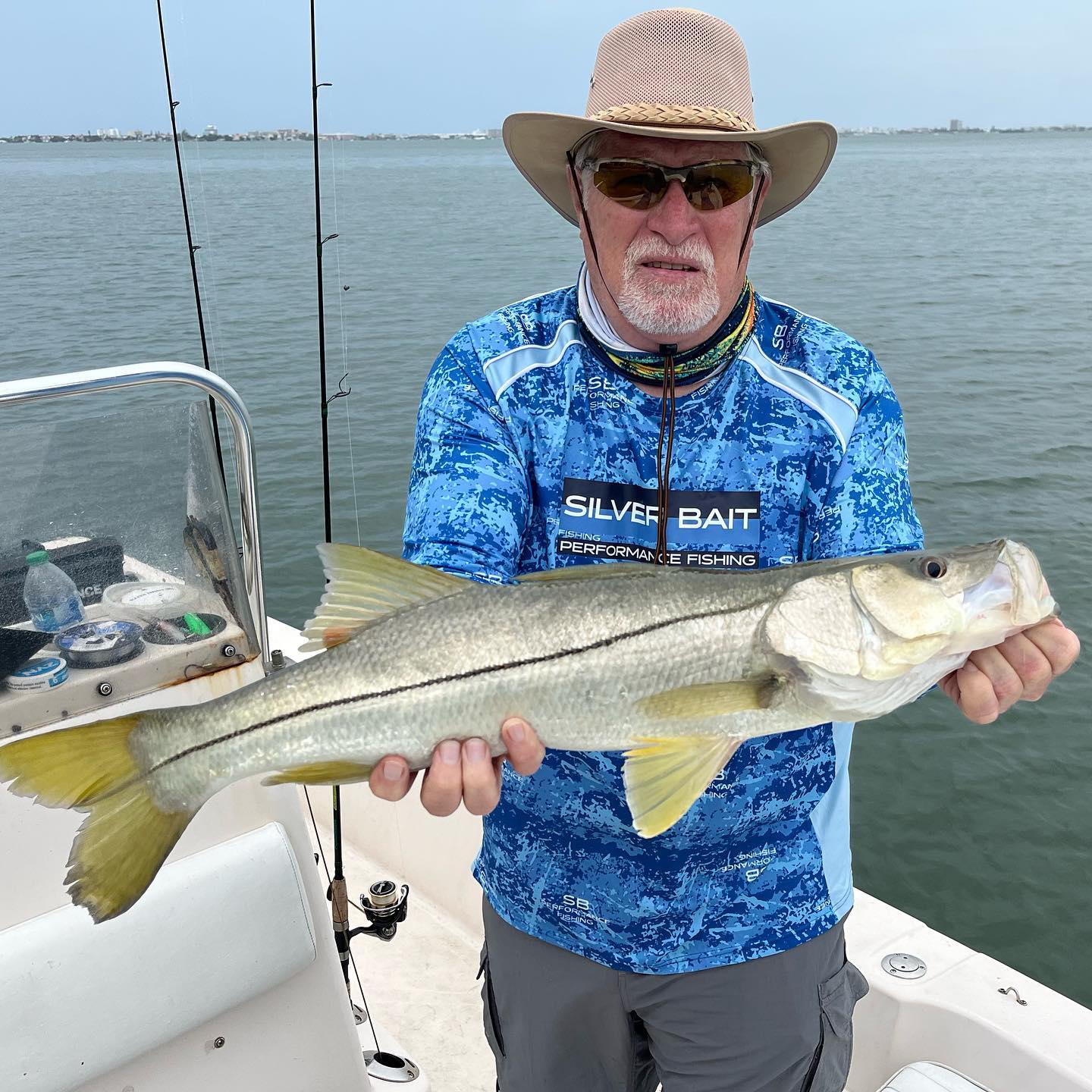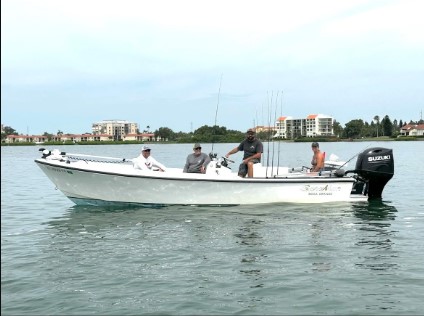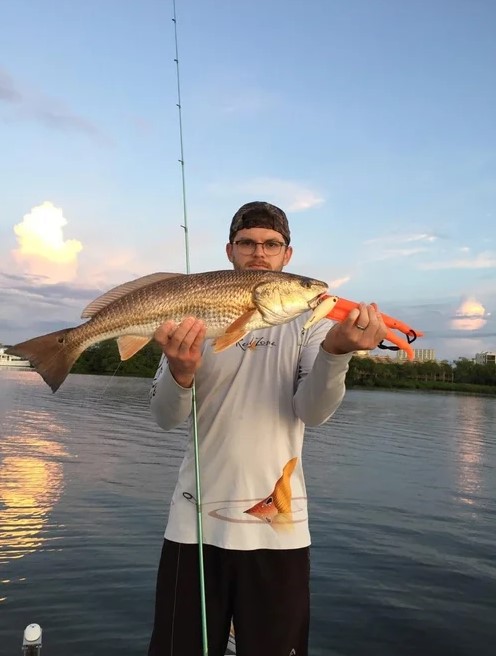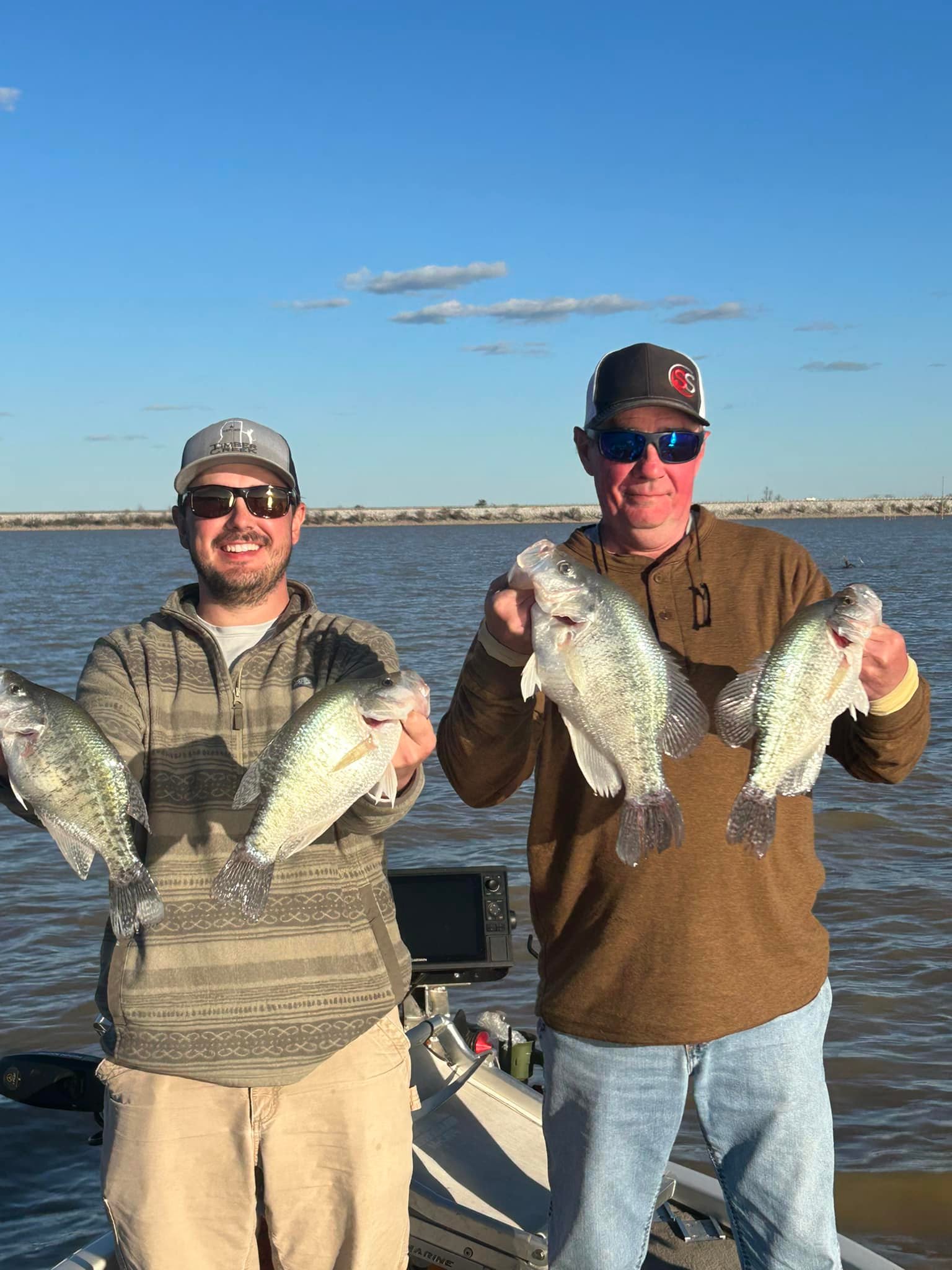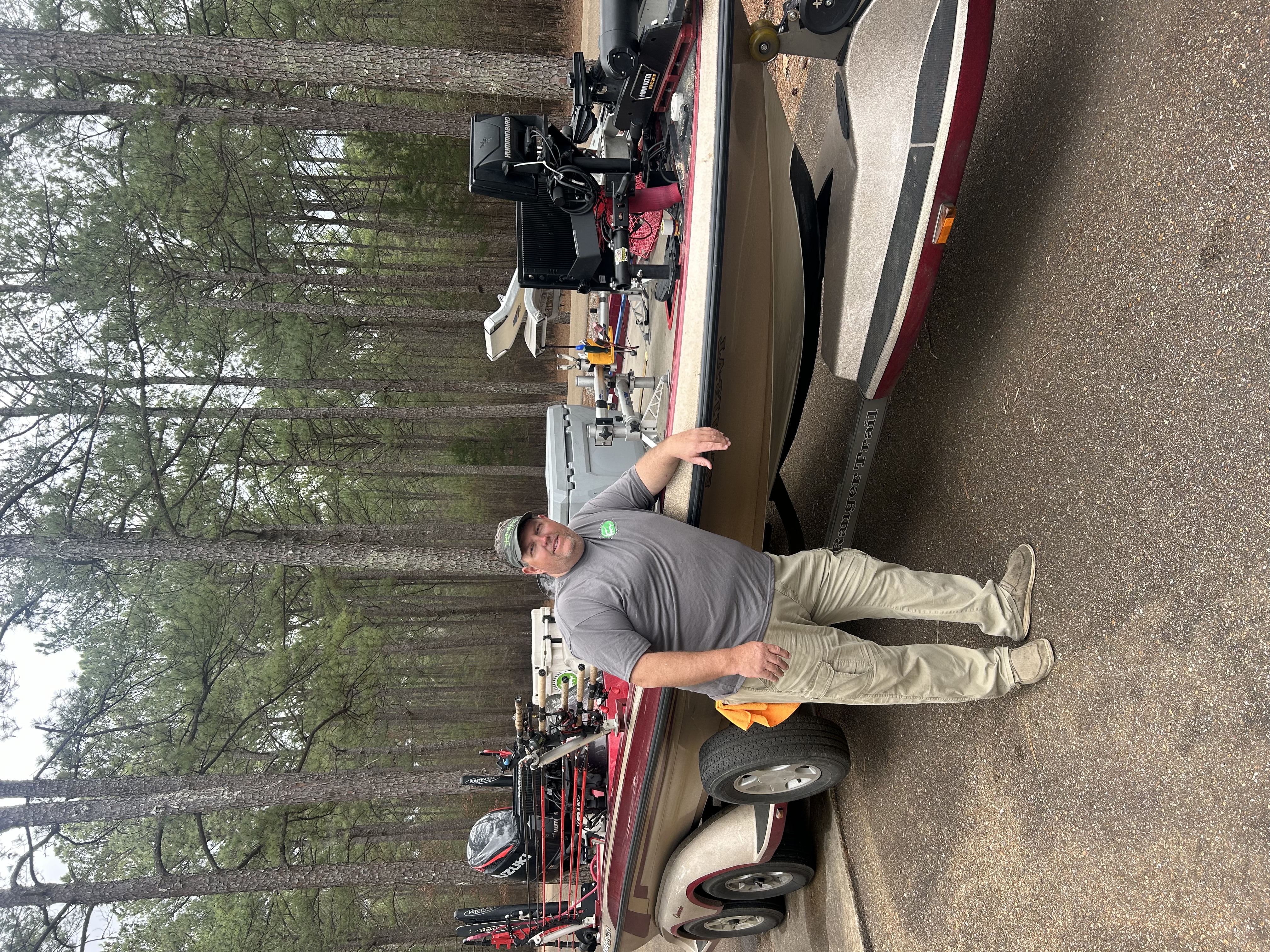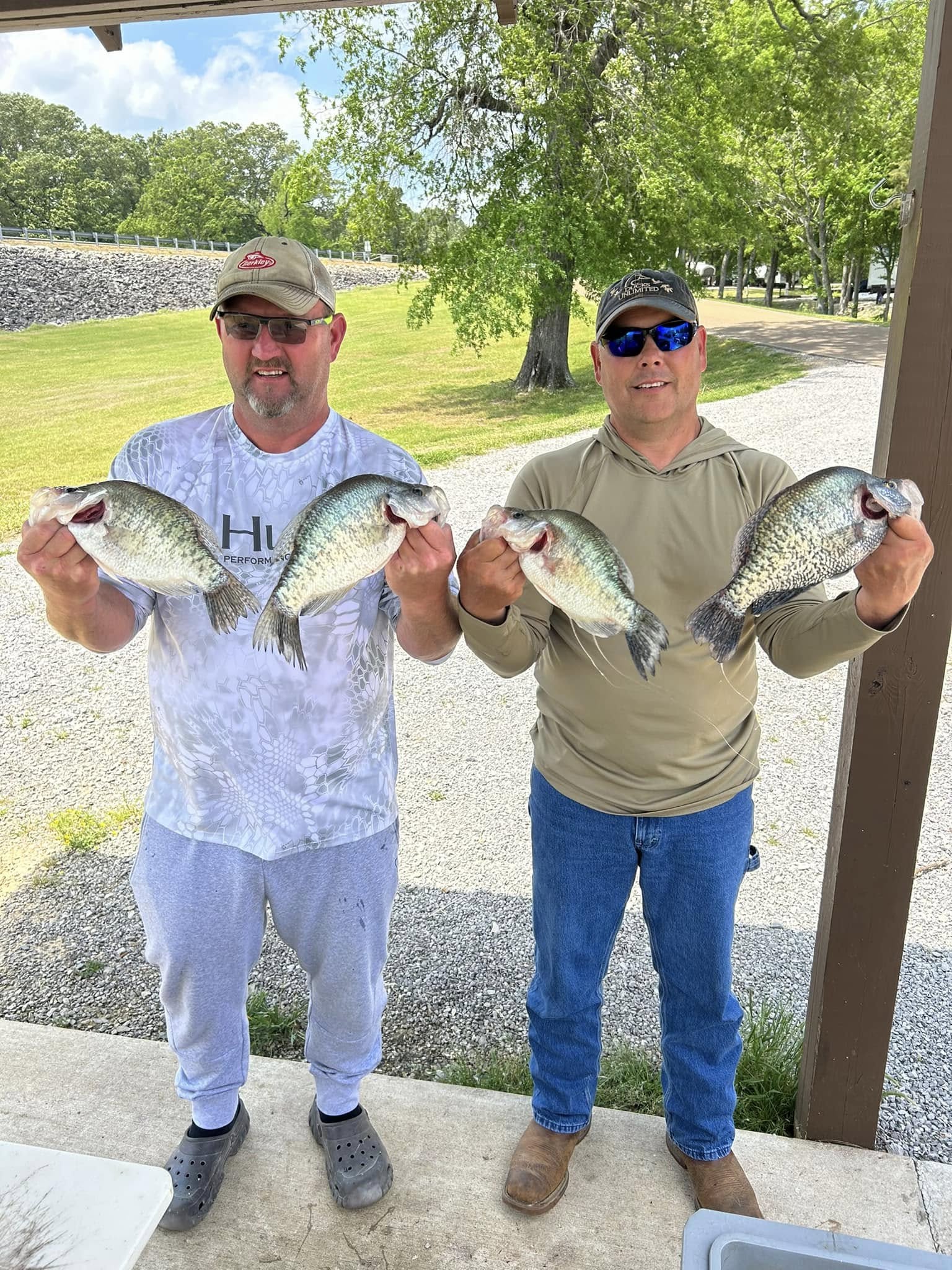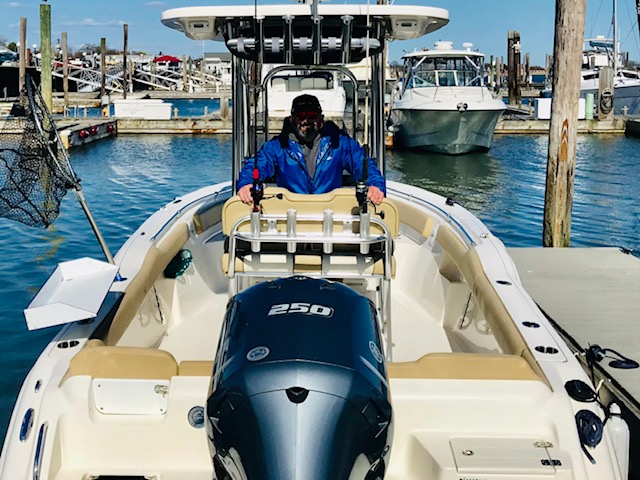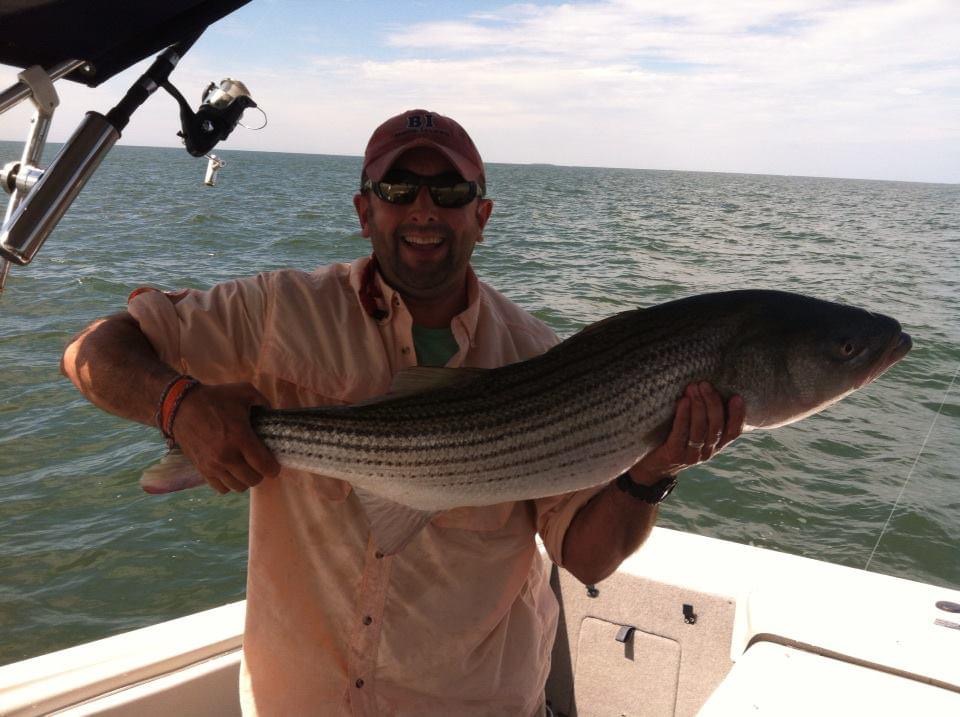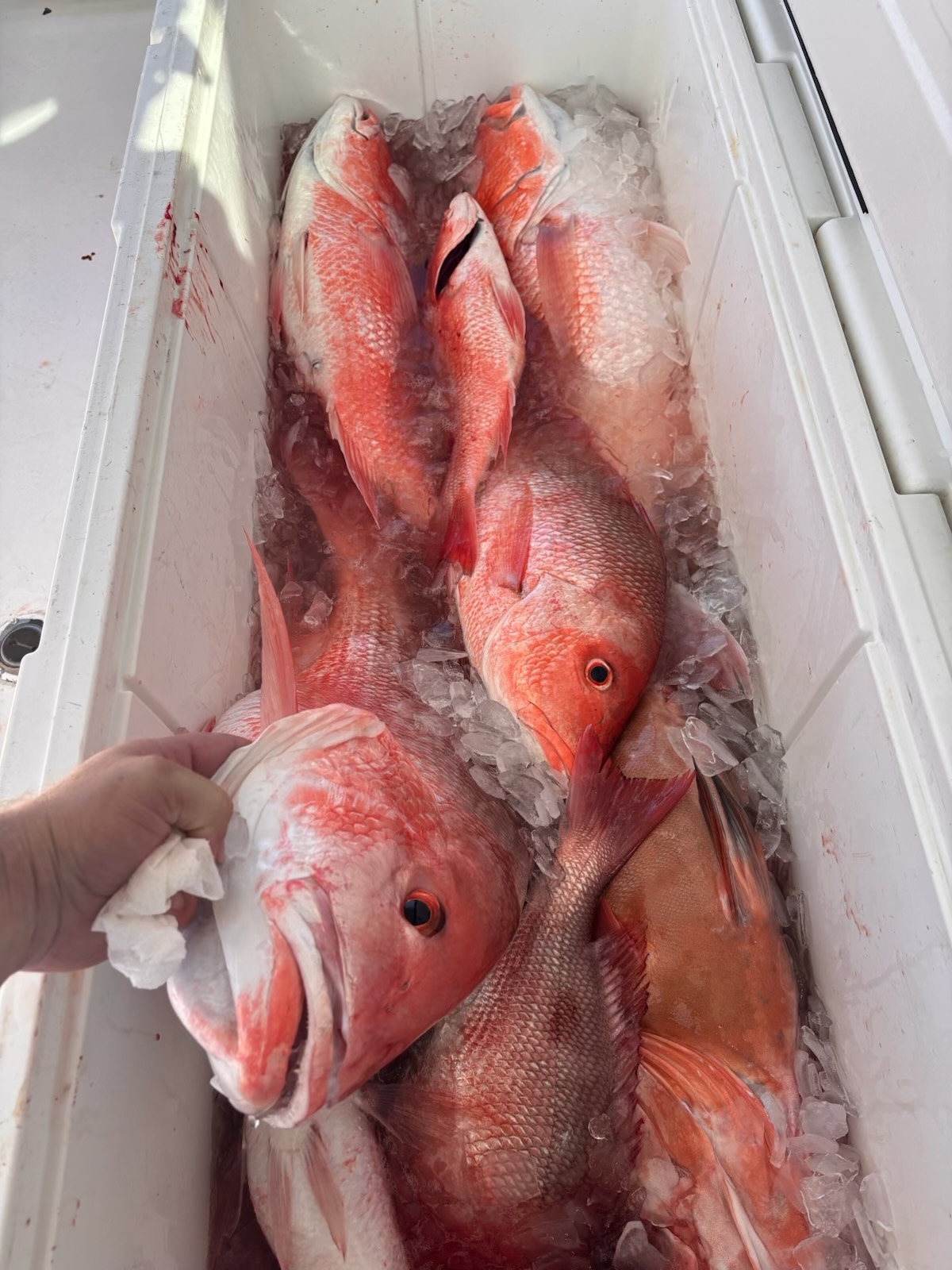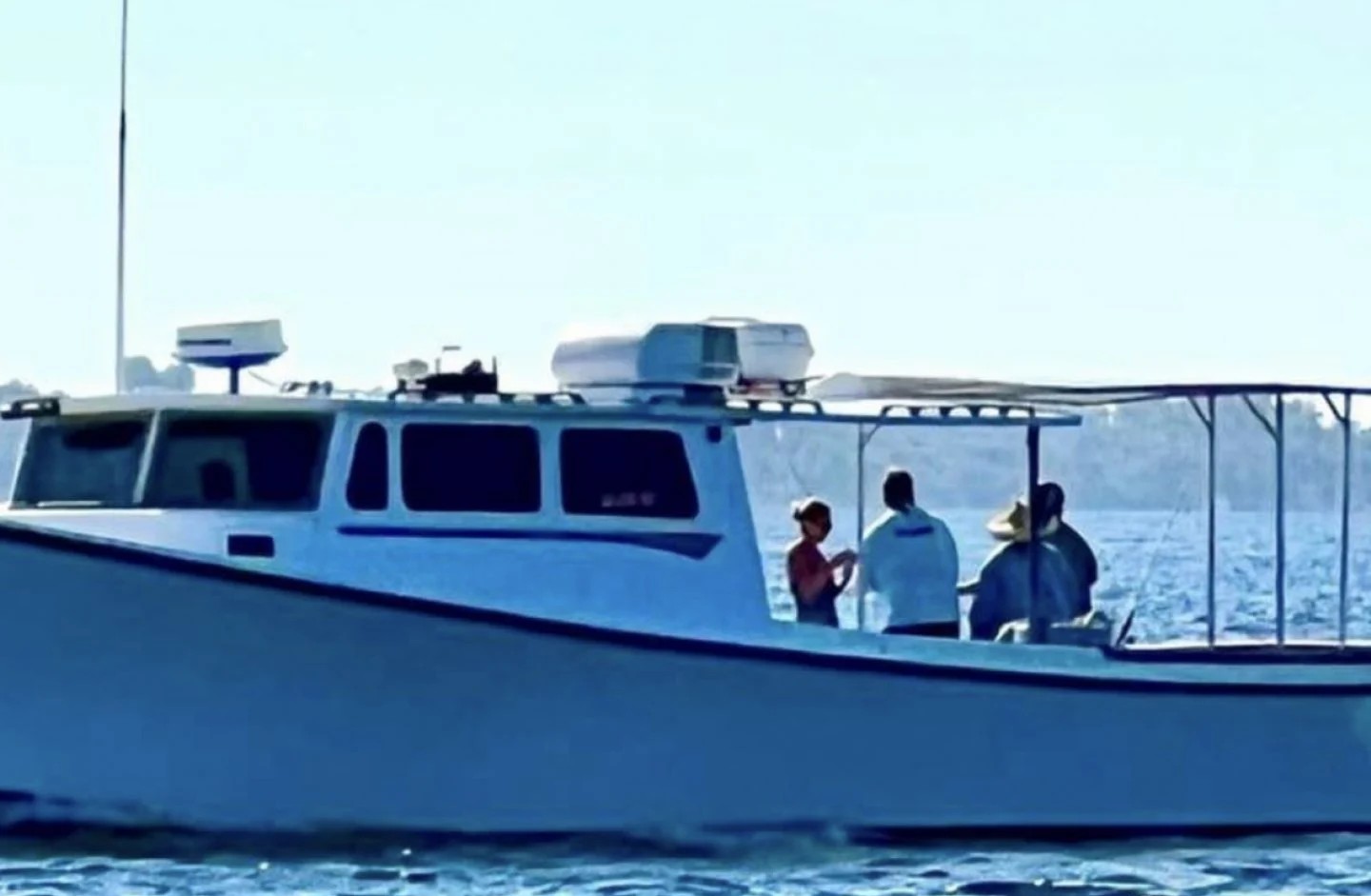Winter Steelhead
Deep Sea, Nearshore Fishing in Islamorada
4 Hour Half Day
Black Sea Trips
Inshore, Flats Fishing in Pineland
Fly Fishing Pineland
Inshore, Deep Sea, Nearshore in Palm Beach Shores
Catching Fish And Having Fun
Offshore Fishing Trip
Inshore Fishing Trip
Pickwick Lake Crappie Trip
Inshore, Nearshore Fishing in Clinton
5HR Trip AM
Deep Sea, Nearshore Fishing in Panama City Beach
Red Snapper Re-Open December!
We started Captain Experiences to make it easy to book fishing and hunting guides around the world. With over 2,000 Damn Good Guides, our platform makes finding and booking a trip seamless. Head here to check out our trips.
Whether you're booking a fishing charter in Galveston, Texas, or looking to catch a 40-inch Tiger Muskie, knowing the differences between saltwater and freshwater fishing is crucial to anyone. It's also fun to keep up with the differences in their catches, equipment, locations, costs, and techniques. These two different fishing experiences can bring the best fishing charter to you!
The Basic Elements of Saltwater vs. Freshwater Fishing
Saltwater fishing references fishing methods generally used in the ocean. This type of fishing applies to casting a line into ocean waves under a pier, fishing in a gulf from a boat, battling with a fish from a kayak, saltwater fly fishing, or trolling a line behind you on a boat.
On the other hand, freshwater fishing refers to fishing areas within bodies of water with lower salinities. Specifically, freshwater fishing areas such as rivers and lakes have a salinity of less than 1.05%.
What to Look for in a Saltwater or Freshwater Fishing Charter Based on Skill Level
In addition to the bodies of water, a large difference between saltwater and freshwater fishing is the overall experience, an experience which you may want to consider based on your skill level.
Saltwater fishing is exciting, fast-paced, and adrenaline-inducing since there is such a large variety of larger hard-fighting gamefish. Saltwater fishing may be better suited for those with more experience generally, but when fishing with a guide, these trips are great for beginners or anyone ready to put up a fun fight!
Practicing beginner techniques on calmer bodies of water can eventually lead to more qualified abilities when it comes to fast-paced saltwater fishing. However, a beginner seeking out excitement and a lively experience should by no means shy away from booking a saltwater charter- a good guide can walk you through any experience you seek.
Comparing the Overall Experiences: What to Expect and Who to Bring
Similar to how saltwater vs. freshwater fishing relates to skill level, each provides the angler a different experience. While saltwater fishing is exciting and fast, if you're looking for a peaceful day to take in the beautiful scenery, freshwater fishing might just be for you.
Freshwater fishing trips are often planned with fewer surprises, whereas saltwater fish can physically test the body, tugging and pulling with a big fish on the line.
Different Types of Fishing Spots
When considering booking a fishing trip, something to think about is the type of atmosphere you want to fish in. What is a great fishing spot in your opinion?
If you're looking to catch a variety of fish, with maybe even some fishing competition from predators looking to snack on your catch, you may want to look towards saltwater fishing. Freshwater fishing will often contain you to your chosen body of water, which also means you can predict the type of fish you catch.

Sunset in Matagorda. Source: [Shutterstock](https://www.shutterstock.com/image-photo/matagorda-bay-texas-beach-sunset-2-1116876299)
Knowing What Gear to Expect for Saltwater vs. Freshwater Fishing
When you book a fishing charter through Captain Experiences, you don't have to plan out and distinguish all the gear for yourself, that's on us! However, when envisioning your fishing trip, you may want to know beforehand the type of gear you're going to be handling.
Because the seawater environment is corrosive, the gear must resist corrosion and rust, which requires materials such as copper and stainless steel. Freshwater gear uses more standard materials for gear such as steel. Saltwater fishing rods are also bigger, thicker, and heavier because saltwater anglers must fight much harder to reel in a fish.
Techniques to Consider: Saltwater Vs. Freshwater Fishing
In both saltwater and freshwater fishing, regardless of where you are, there are two overlapping techniques: bottom jigging and trolling.
The bottom jigging technique (which, for beginners, is accomplished by moving the lure into a vertical position that often attracts fish) works near shallow water for saltwater fishing and slow-moving bodies of water like a stream for freshwater fishing. Trolling, a technique used in deeper waters where one or more fishing lines are baited and drawn through the water effectively captures pelagic fish species such as tuna and sharks in saltwater areas.
Trolling in freshwater helps attract deepwater predatory species. While these two techniques can be used in both areas of water, the cast and retrieve method and balloon fishing oppose one another.
If you embark on a saltwater fishing expenditure, balloon fishing works with a high-capacity fishing line in a simple rig setup. In this case, the bait will not sink to the bottom of the body of water because a balloon is tied to the line, suspending the bait in the middle. While this rig often catches sharks, it can also reel in large marine life such as cobia and sailfish.
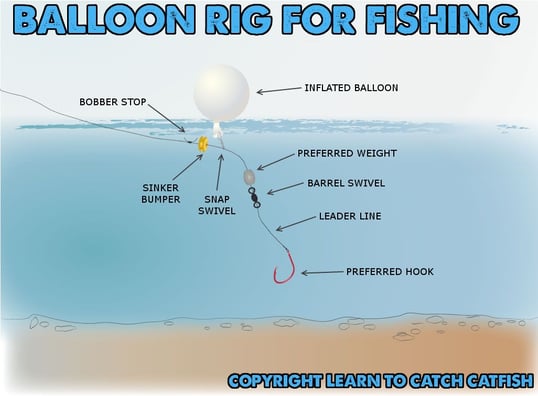
Source: [Catfish Edge](https://www.catfishedge.com/balloon-fishing-rig/)
On a freshwater trip, cast and retrieve is a more popular method. By casting and retrieving the line, the bait will glide through the water until a fish is caught.
Texas Federal Regulations for Saltwater and Freshwater Fishing
Knowing state mandates regarding saltwater and freshwater fishing is vital because these regulations control what, when, where, and how much of every species can be caught.
These rules vary from state to state. About a year ago, the Texas Parks and Wildlife Commission added changes to the 2020-21 Statewide Recreational Fishing Proclamation. These changes were incorporated into the Texas Parks and Wildlife Department Outdoor Annual and the Texas Commercial Fishing regulations summary.
Recent Changes in Texas Saltwater Fishing Regulations
-Increasing the minimum size limit for flounder to 15 inches.
-Adding a paddle craft course from the American Canoe Association or another TPWD approved course to the course requirements.
-Changing the language for reporting requirements for commercial harvest.
-Closing all flounder fishing in Texas, starting September 1, 2021, from November 1st through December 15th.
Recent Changes in Texas Freshwater Fishing Regulations
-Changing the minimum length for largemouth bass from 18-inch minimum length to the statewide 14-inch limit for largemouth bass, modifying the harvest regulations for Brushy Creek Lake.
-Reducing the blue and channel catfish daily bag limit from 25 to 5 on the downstream part of Brushy Creek from the lake to the Williamson/Milam County line
-Adopting gear restrictions to limit anglers to pole-and-line angling only and two poles.
-Standardizing harvest regulations for the blue, channel, and flathead catfish in the Texas and Oklahoma waters of Lake Texoma and on the Red River below Lake Texoma.
-Removing the 12-inch minimum length limit for blue and channel catfish, and for flathead catfish, remove the 18-inch minimum length limit. In the Texas waters of the Red River below Lake Texoma (from Denison Dam downstream to Shawnee Creek) and the removal of the minimum length limits for catfish, reduce the daily bag limit for blue and channel catfish from 25 to 15 fish.
-Continuing the five-fish daily bag limit for alligator gar in the Falcon International Reservoir (Starr and Zapata Counties).
This information and more on Texas fishing regulations can be found on the TPWD website.
Saltwater and Freshwater Catch and Cook
If you're ready to cook after a fun Galveston fishing charter, or any other of our fishing charters in another state, the type of water you fished in may also change how your fish taste. Most people will agree that saltwater fish are the better tasting catch in general when compared to freshwater species. Saltwater species bring in rich flavors and natural salts of fish such as salmon, tuna, or snapper species.
Regardless of this general preference, it's useful to know which fish you can find (and then cook) depending on where you decide to fish.
Commonly Caught Freshwater Fish:
The Bass Family (Largemouth Bass, White Bass, Striped Bass, Spotted Bass, and Smallmouth Bass): The Largemouth Bass, often called a bass or bigmouth, is a top and commonly sought after freshwater catch, just like other bass species.
The best time to go after Bass is during the spring when the bass spawn, and in summer when they hang out nearshore. Overall, if you book a freshwater charter, you're pretty likely to find a hungry Bass.
Crappie (Black Crappie or White Crappie): This fish, also called crappie, white perch, or papermouth, come around and find the bait even if fishing is generally slow. They are found in deep water areas with sparse vegetation.
Because crappie fish are freshwater fish, they also reside in lakes or reservoirs in brush or water structures. Crappie make for great catches because they travel in schools, so if you catch one, chances are you’ll get another.
Catfish (Channel Catfish, Blue Catfish, Flathead Catfish): Catfish are a known fishing staple in the South, especially for Texas fishing.
Their habitat consists of even the shallowest of waters in streams and ponds. Similar to Bass and Crappie, Catfish can be caught all year round. However, the spring and winter offer the largest selection of catfish catches (from 70–100 pounds). Catfish are a great target species for both beginners and seasoned fishers. See below for our very own Captain Experience guide, Robert Reissig, with a crappie!
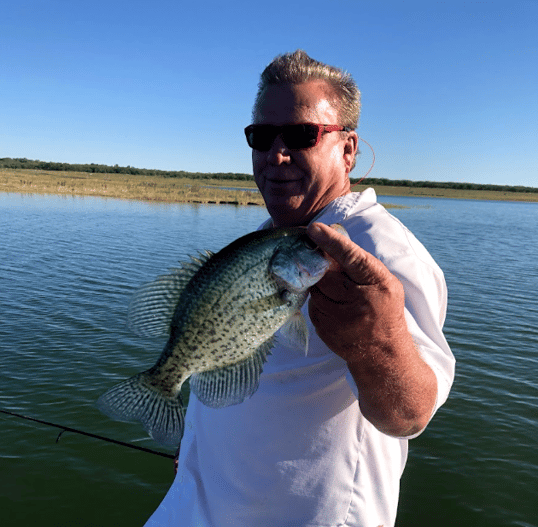
Robert Reissig catches a crappie fish
Bluegill: Bluegill are also called a bream, sunfish, or gills and their habitat consists of vegetation or sunken trees of shallow rivers, lakes, and bonds. For the Bluegill, it is best to use worms, crickets, spinners, or miniature insect crankbaits.
Rainbow Trout: Rainbow Trout are also known as rainbow fish. Rainbow Trout have colorful pink or red stripes extending down their bodies with an olive color along their sides. Often rainbows or rainbow trout live in cold-water streams, mainly in the Guadalupe River.
Freshwater Drum: The Freshwater Drum, or gaspergou, gou, gaspers, or drum, is a silvery gray fish whose habitat primarily consists of major rivers and reservoirs, sand, and gravel bottoms. To catch a freshwater drum, drum, or gou, they are often attracted to crawfish, dead shrimp, minnows, jigs, or fish or worms like soft plastics.
Commonly Caught Saltwater Fish Country-Wide
Redfish: The Redfish, or the Red Drum, or simply "reds," are one of the most popular fish in Texas. Redfish are both high in quantity and strength, and they can also grow to become very big fish ("Bull Reds").
Young redfish or red drum prefer shallow inshore waters, while adults migrate to the gulf. They can eventually grow up to 50 pounds! Redfish populate nearly any saltwater environment in Texas and serve as a symbol of Texas’ premier coastal fishing.
Southern Flounder: The Southern Flounder, or flounder, are flat-bodied fish with eyes on top. In the fall season, southern flounder often live at the mouth of bayous leading back into bays and marshes, or against marsh grasses and spoil islands.
Flounder are active all year round, except in the winter. However, for a great time chasing this delicious fish, book a trip around the springtime when they return from the Gulf into the inshore waters, or in the fall, when they’re on their way to the Gulf to spawn.
Just keep in mind the new TPWD regulations banning Flounder fishing in Texas from November 1st through December 15th.
Black Drum: The Black Drum, also called a drum or a drum fish, lies in shallow bay waters to Gulf waters more than 100 feet deep.
Speckled Trout: The Spotted Seatrout, also known as specks, speckled trout, or trout (when used in saltwater context) are associated with inshore coastal fishing. In Texas, they grow very strong and are a tough fight to catch, but they make for a delicious meal. Some specks even grow to be 30" long, earning these big guys the title of "Gator Trout".
Sand Seatrout: The Sand Seatrout, or the sand trout, have large orange mouths and locate themselves in deeper bays, channels, or a shallow gulf.
Closing the Book on Freshwater vs. Saltwater Fishing
Whether you decide to book a trip for a peaceful, sunny day catching freshwater largemouth bass, or an exciting charter chasing redfish, there's no wrong way to go.
But knowing the differences between these two experiences can help you make the perfect decision on how to find the best experience and charter for you and your crew! Get going booking your next charter with us today!
Samantha Baron
Updated on August 3, 2023
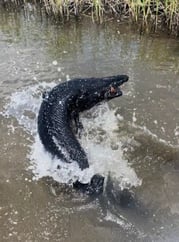
June 22, 2022
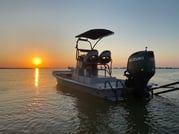
January 7, 2022
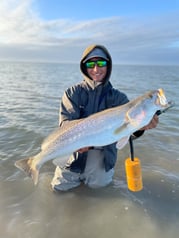
January 19, 2021

March 8, 2022
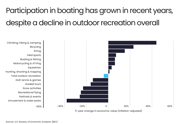
June 28, 2023
Related Articles
September 10, 2022
May 23, 2022
Featured Locations
- Fishing Charters Near Me
- Austin Fishing Guides
- Biloxi Fishing Charters
- Bradenton Fishing Charters
- Cabo San Lucas Fishing Charters
- Cancun Fishing Charters
- Cape Coral Fishing Charters
- Charleston Fishing Charters
- Clearwater Fishing Charters
- Corpus Christi Fishing Charters
- Crystal River Fishing Charters
- Dauphin Island Fishing Charters
- Daytona Beach Fishing Charters
- Destin Fishing Charters
- Fort Lauderdale Fishing Charters
- Fort Myers Fishing Charters
- Fort Walton Beach Fishing Charters
- Galveston Fishing Charters
- Gulf Shores Fishing Charters
- Hatteras Fishing Charters
- Hilton Head Fishing Charters
- Islamorada Fishing Charters
- Jacksonville Fishing Charters
- Jupiter Fishing Charters
- Key Largo Fishing Charters
- Key West Fishing Charters
- Kona Fishing Charters
- Lakeside Marblehead Fishing Charters
- Marathon Fishing Charters
- Marco Island Fishing Charters
- Miami Fishing Charters
- Montauk Fishing Charters
- Morehead City Fishing Charters
- Naples Fishing Charters
- New Orleans Fishing Charters
- New Smyrna Beach Fishing Charters
- Ocean City Fishing Charters
- Orange Beach Fishing Charters
- Panama City Beach Fishing Charters
- Pensacola Fishing Charters
- Pompano Beach Fishing Charters
- Port Aransas Fishing Charters
- Port Orange Fishing Charters
- Rockport Fishing Charters
- San Diego Fishing Charters
- San Juan Fishing Charters
- Sarasota Fishing Charters
- South Padre Island Fishing Charters
- St. Augustine Fishing Charters
- St. Petersburg Fishing Charters
- Tampa Fishing Charters
- Tarpon Springs Fishing Charters
- Venice Fishing Charters
- Virginia Beach Fishing Charters
- West Palm Beach Fishing Charters
- Wilmington Fishing Charters
- Wrightsville Beach Fishing Charters

